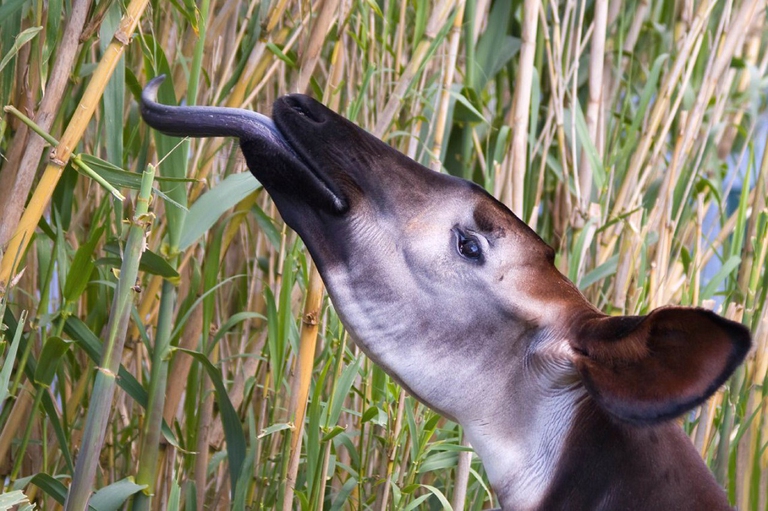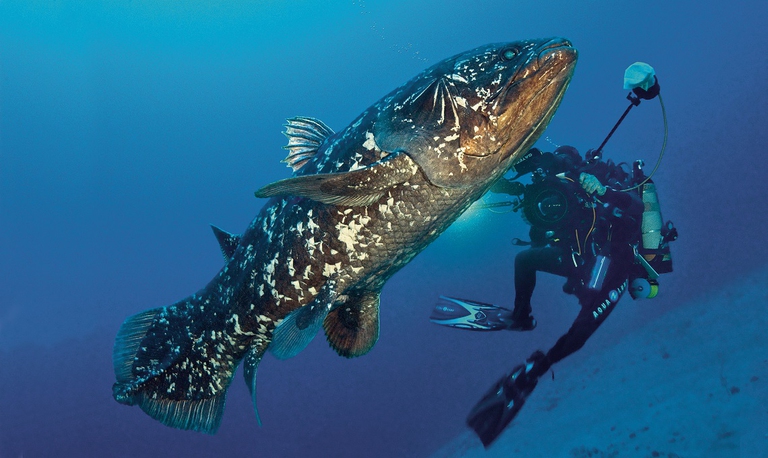
Our species took its first steps in a world covered in trees. Today, forests offer us sustenance, shelter, and clean the air that we breathe.
La giornata, dedicata alla lotta dei crimini contro la biodiversità e alla sua salvaguardia, è incentrata quest’anno sulla protezione degli elefanti, sempre più minacciati dal commercio di avorio.
Admiring an animal in the wild is always a touching and exciting experience. In that precise moment, superfluity disappears, time seems to stop or even go back to a time when the world was covered with forests and humanity hadn’t yet subjected nature to its will.
Our children, however, won’t have the pleasure of admiring numerous species, and it’s our fault. Lions, whales, frogs, elephants, rhinoceroses, and tunas are just some of the numerous species threatened with extinction. According to a study published in the journal Science Advances, the current extinction rate is about 100 times higher than normal levels and at least three quarters of animal species could become extinct in just a few generations.
In order to contribute to fighting this mass extinction and celebrating our planet’s extraordinary biodiversity, the United Nations established World Wildlife Day in 2013. The day coincides with the adoption of the Convention on International Trade in Endangered Species of Wild Fauna and Flora (CITES), signed in Washington on 3 March 1973. The objective is highlighting wildlife crimes, including poaching and the illegal trade in animals and plants, and strengthening efforts to fight them, as well as raising people’s awareness on the multitude of benefits nature conservation offers us.
The 2017 edition, under the theme “Listen to young voices”, aims to engage and empower the youth, encouraging them to face the issues linked to conservation and biodiversity. The United Nations reminds that almost one fourth of the world population is 10 to 24 years old, and the future of our planet’s flora and fauna is in their hands.
We should try to give up on the utilitarian vision with which we were taught to look at animals and plants, and get off our high horse to try to understand the peculiar beauty of each species, rather than looking down on them. We still have a lot to learn.
Siamo anche su WhatsApp. Segui il canale ufficiale LifeGate per restare aggiornata, aggiornato sulle ultime notizie e sulle nostre attività.
![]()
Quest'opera è distribuita con Licenza Creative Commons Attribuzione - Non commerciale - Non opere derivate 4.0 Internazionale.
Our species took its first steps in a world covered in trees. Today, forests offer us sustenance, shelter, and clean the air that we breathe.
Poachers in Africa are encroaching on wildlife land and killing rhinos in travel hot spots now devoid of visitors due to the coronavirus pandemic.
Forcibly taken from their homes and families, forced to endure brutal journeys, or cut into pieces. This is what millions of wild animals face every year due to the illegal wildlife trade. Wildlife trafficking is one of the main causes of biodiversity loss in the world and is the fourth most profitable racketeering market after drug,
Actor and environmental activist Leonardo DiCaprio has contributed two million dollars to a fund to protect Virunga National Park in Congo from threats such as terrorism, the coronavirus and poaching.
For the first time in seventeen years, Iceland’s two main whaling companies won’t resume whale hunting. The announcement concerns this year’s season but could carry into the future.
The relationship between the coronavirus and wildlife is complex: while the pandemic may lead to a reduction in the illegal trade in wild animals, it may also encourage it in other respects.
The largest coral reef in the world is severely threatened by climate change, but researchers are developing strategies that could contribute to saving the Great Barrier Reef.
NGO Free the Bears has opened a mountain sanctuary for moon bears in Laos. With the government’s help, it aims to close all bile farms by 2022.
Seychelles have extended its marine protected area, which now covers over 400,000 square kilometres, an area larger than Germany.









